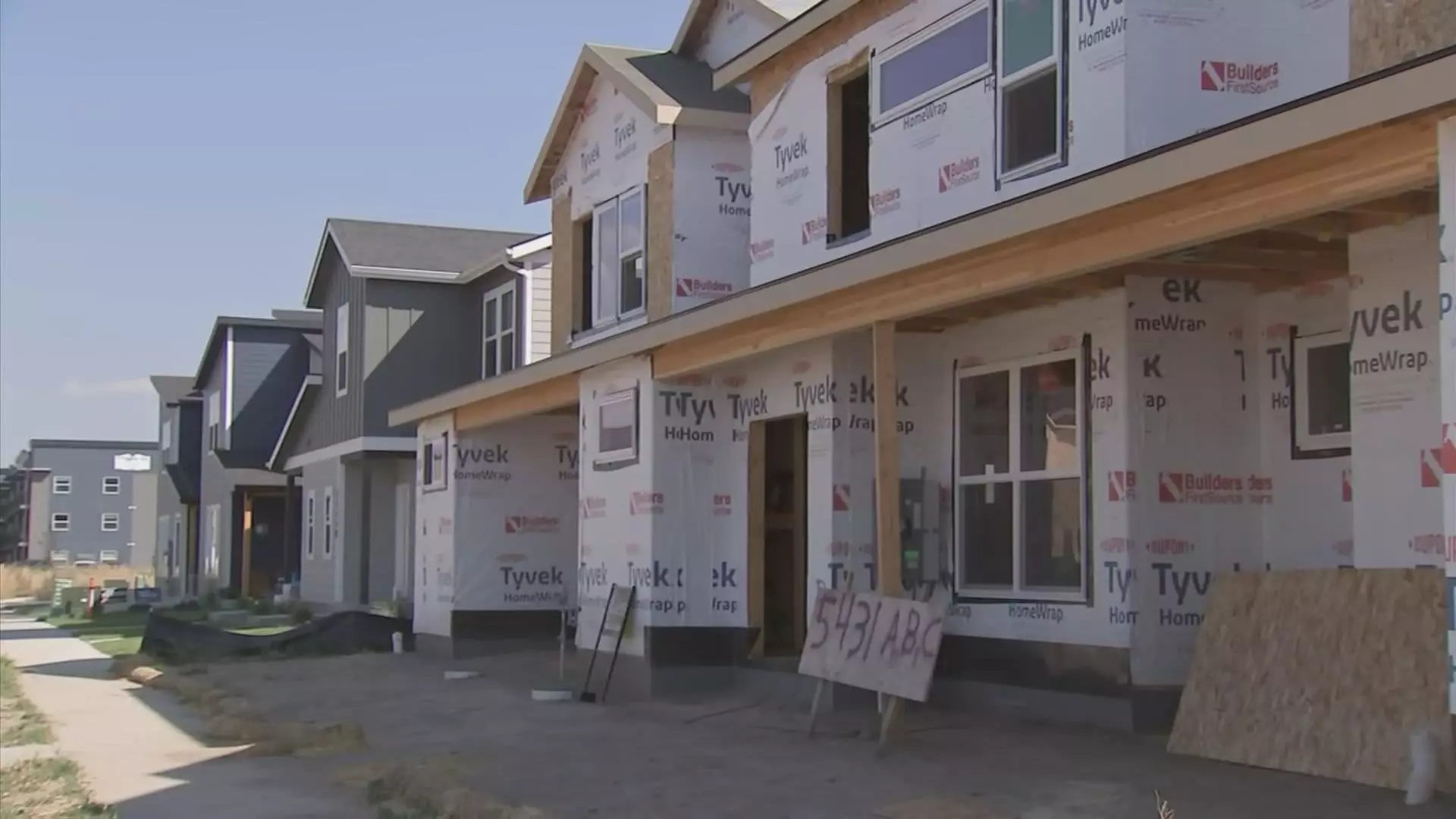In recent years, Montana has witnessed a dramatic evolution in its housing landscape, most notably in its cities like Missoula. This transformation has manifested through the construction of various condos and duplexes, primarily aimed at providing affordable housing options to residents. The influx of out-of-state newcomers has significantly inflated housing demand, rendering traditional home ownership increasingly elusive for many Montanans. DJ Smith, president of the Montana Association of Realtors, highlights this plight, as locals grapple with soaring prices that put them well outside their financial reach.
The overall economic implications are stark, indicating a duplex and condo boom that serves as both a symptom and a catalyst of the ongoing housing crisis. Communities originally built for Montana residents are now struggling to accommodate those migrating from wealthier states, driven by high property prices and enticing landscapes. As a result, local residents find themselves competing against affluent newcomers, further compounding affordability challenges across the state.
As the housing situation deteriorates, it has taken center stage in the political arena, particularly in the heated race for the U.S. Senate seat held by Democratic incumbent Jon Tester. Given that Montana went for Donald Trump by a significant margin in the 2020 elections, Tester faces mounting pressure to retain support from a voter base increasingly frustrated by housing challenges. Recent polling reflects a keen interest in his opponent, Republican Tim Sheehy, positioning the housing crisis as a crucial point of contention in their campaign debates.
Tester’s focus on housing affordability has emerged as a core theme of his reelection endeavors. He has openly criticized wealthier newcomers for exacerbating the local housing crunch, expressing concern over the transformative impact these populations may have on Montana’s identity. Sheehy, in contrast, lays blame for the crisis squarely on inflation, attributing it to federal policies attributed to President Biden, policies in which Tester has had a role. The divergent views on the cause of the crisis reveal the complex intersection between economic conditions and political narratives; a battle that transcends basic property rights and ventures into the realm of social justice.
To grasp the gravity of the situation, one must delve into the statistics that illustrate Montana’s standing in the national context of housing. A notable report by the National Association of Realtors ranks Montana as the least affordable state for home buyers, with prices skyrocketing by 66% over the past four years. In stark contrast, the national average increase stands at 50%, underscoring the unique and acute challenges facing Montanans.
As housing prices continue to spiral, local residents are increasingly priced out of their communities. The median income in Montana hovers around $67,631, juxtaposed against a startling median home price in Missoula at approximately $568,377. Such numbers paint a bleak picture, revealing an alarming disconnect between earning potential and housing costs. Additionally, the state is seeing a disturbing trend where more homes are being purchased in cash, often by new residents migrating with substantial assets from states like California and Colorado.
The situation is exacerbated by a significant shortage of labor in the construction industry, affecting the availability of new housing. Veteran builders, such as Butler Creek Development’s Andrew Weigand, assert that the lack of skilled workers in essential trades, including plumbing and electrical installations, has raised costs substantially. With a limited pool of subcontractors, the competition necessary to keep housing costs manageable simply doesn’t exist.
The implications of an aging workforce in construction present a concerning outlook for long-term home building efforts. As experienced tradespeople retire, insufficient new talent is entering the field to take their place, signaling not only a potential housing supply crisis but also a broader economic issue in labor market cultivation.
Recognizing the urgency of the situation, Tester has put forth various proposals aimed at curbing the housing crisis. These initiatives include grants aimed at boosting housing development and incentives to assist low-income residents with necessary home repairs. Additionally, Tester has suggested tax credits designed to enable mobile home park owners to sell their properties to local collectors instead of external developers, who are often inclined to erect high-end housing units.
Conversely, Sheehy emphasizes the need for increased vocational training programs to address the labor shortages, advocating for educational initiatives that would produce a new generation of skilled tradespeople needed for home construction.
The housing crisis in Montana isn’t merely a local concern; it echoes broader economic and social themes pertinent across the United States. The challenges posed by rising prices, demographic shifts, and labor shortages resonate deeply within the state and merit thoughtful dialogue, innovative problem-solving, and urgent attention from policymakers committed to fostering a livable community for all Montanans.

